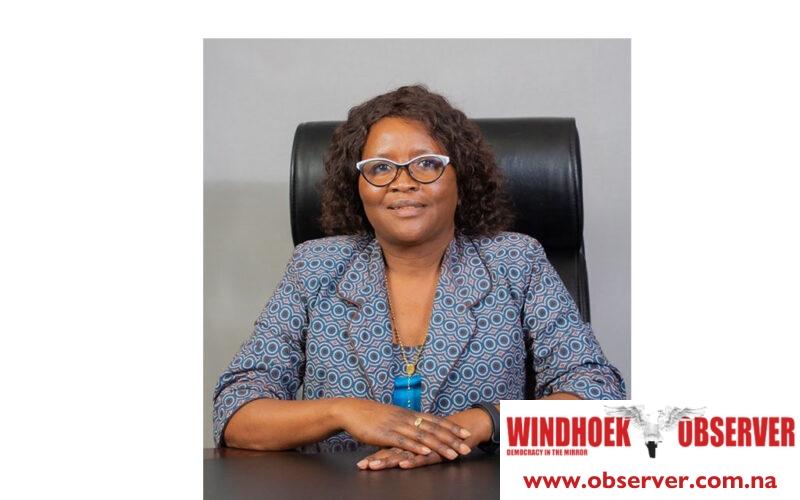Ester Mbathera
A lack of fish feed and other essential raw materials is among the challenges facing the aquaculture fisheries sector.
The Deputy Minister of Fisheries and Marine Resources, Sylvia Makgone, admitted this on Monday during a public update on the sector.
She attributed the lack of feed to a shortage of mahangu and maize, which are key ingredients in fish feed production.
Namibia does not produce soya beans, the cheapest ingredient.
“We have a challenge with fish feed. No one in Namibia is producing fish feed, and the ministry on its own started producing, but the type of fish we produce and the raw materials, because of the drought, we need maize and mahangu to produce. Because of the drought, we don’t have raw materials,” she said.
Makgone stated that the government imports all aquaculture feed from Zambia at subsidized prices.
“The government is buying the fish feed for N$22 and selling it at N$5.20 per kilogramme to the farmers,” she said.
According to Makgone, the ministry has engaged a potential local producer in Okahandja.
“The ministry gave the producer the ingredient specification and formula. They have started, but they have a problem with protein to be used and where to source the raw material to produce the feed,” she said.
Makgone visited producers in the north earlier this year, where she met a farmer who was producing his own feed. She encouraged others to do the same.
“This drought is all over, so with the fish feed, even if the farmers can produce, there is not enough raw material,” she said.
She said employees of the ministry are also able to teach farmers how to produce their own feed.
According to her, the ministry also helps aspiring farmers set up their farms.
“Aspiring fish farmers can visit any of our regional offices. Our staff members will facilitate by inspecting the site where you intend to put your fish ponds, testing the quality of the water you intend to use, and providing you with the fingerlings of fish species you aim to farm with, at a small cost of 20 cents per tilapia and 30 cents for catfish fingerlings,” she said.
To date, the ministry supports around 190 small-scale fish farmers and has issued more than 148 aquaculture licenses.
“It is important that there are also exemptions for aquaculture licenses for small-scale fish farmers who intend to produce less than 10 tonnes per year of local fish species,” she said.
Namibia’s aquaculture has two sub-sectors: freshwater aquaculture and marine aquaculture, popularly known as mariculture.
Privately oriented for commercial trade, the mariculture subsector primarily produces high-valued species such as oysters, abalone, mussels, and seaweed.




